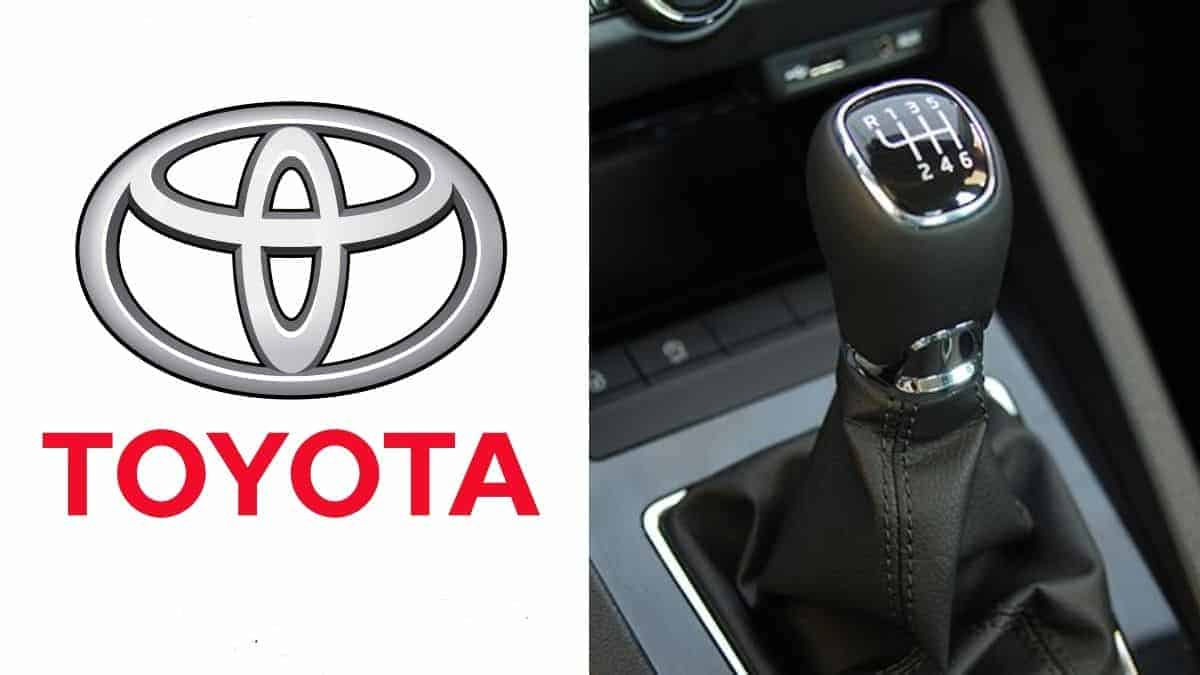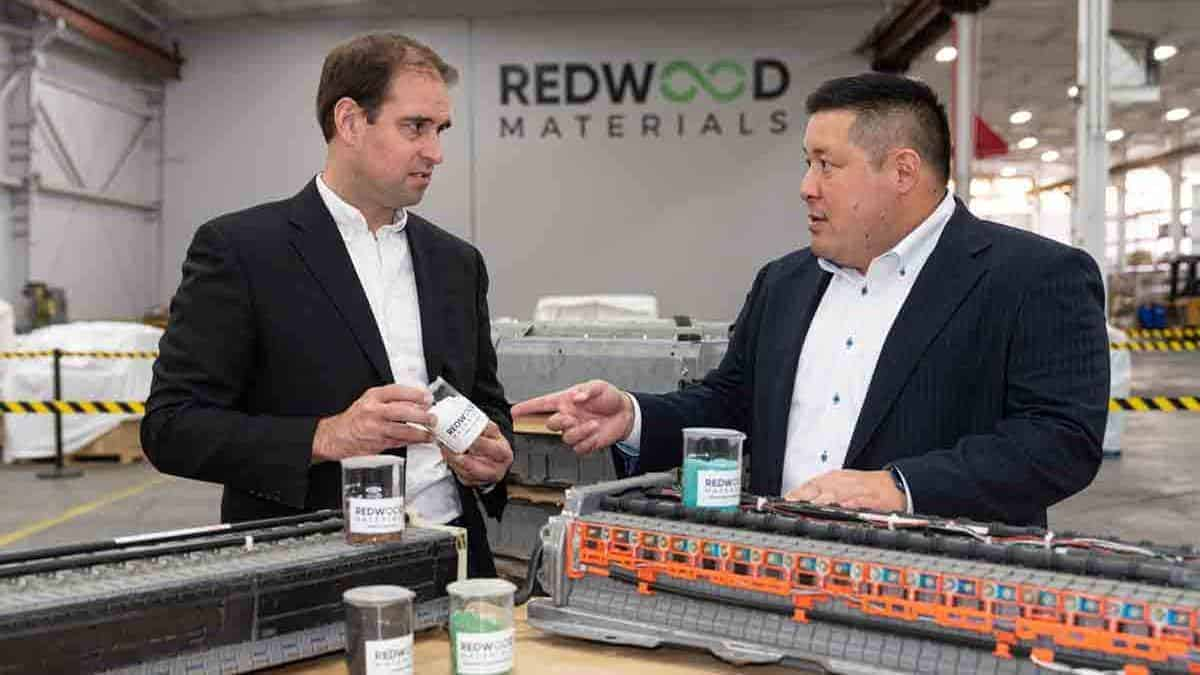Toyota has signed up to Redwood Materials’ electric vehicle battery recycling effort

Redwood Materials Inc, a California-based startup, announced on Tuesday that Toyota Motor Corp (7203.T) of Japan has joined its complete electric vehicle (EV) battery recycling and remanufacturing effort.
Redwood Components is developing a closed-loop battery ecosystem with carmaker Ford Motor Co (F.N) and EV battery maker Panasonic Holdings Corp (6752.T) as partners, with the goal of lowering EV prices by reducing reliance on imported materials while also minimising environmental effect.
JB Straubel, the business’s chief executive and founder, said in an interview that the five-year-old company has focused initial work on a 175-acre campus in northern Nevada and aims to create another complex in the southeastern United States.
With SK On, a subsidiary of South Korea’s SK Innovation Co Ltd, the new factory would be able to supply Toyota’s planned $1.3 billion battery plant in North Carolina, as well as Ford’s planned battery plants in Tennessee and Kentucky (096770.KS).

Redwood Materials plans to increase anode and cathode component production to 100 gigawatt-hours by 2025, enough to supply batteries for 1 million electric vehicles per year, and then to 500 GWh by 2030, enough to supply 5 million or more electric vehicles per year. Tesla Inc. co-founder Straubel said (TSLA.O).
Tesla CEO Elon Musk has stated that the company intends to produce up to 20 million electric vehicles per year by 2030, with total global EV production including Tesla reaching up to 40 million, according to industry analysts.
Redwood Materials is in “different negotiations” with Tesla, according to Straubel, but no deals have been announced yet. Panasonic is one of Tesla’s partners.
For more than two decades, Toyota has been producing hybrid electric vehicles under the Prius brand. Some early Prius vehicles will be reaching the end of their useful lives, as cars have an average lifespan of about 12 years.
Their nickel metal hydride batteries may be recycled after they’ve served their purpose, and components like nickel and copper can be reintroduced into the battery supply chain to augment raw materials from mines.


